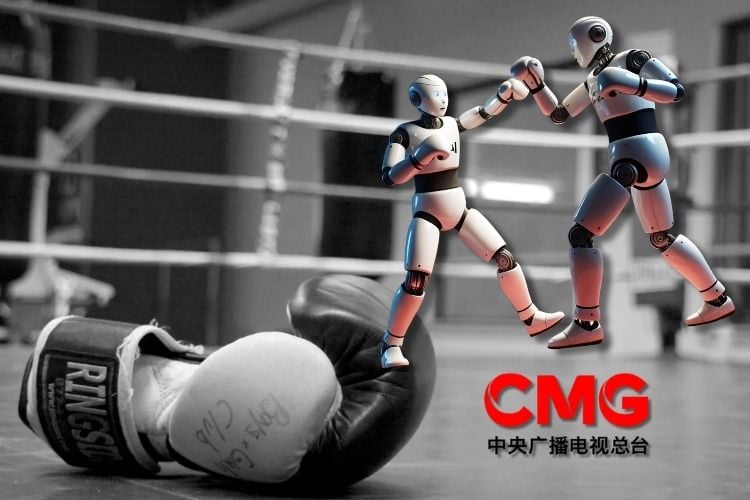
The first-ever humanoid robot kickboxing competition just took place as a part of the China Media Group (CMG) World Robot Competition - Mecha Fighting Series. It featured four G1 robots developed by Hangzhou-based Unitree Robotics. It was a memorable moment for humanoid robot tech. The robots performed a pre-planned kickboxing bout operated by teams of human trainers using joysticks.
The match was split into performance rounds and three two-minute combat rounds, where robots scored points by hitting targets on the opponent’s body or head. Kicks got more points than punches, while falls and recovery time warranted penalties. Their movements were powered using AI-driven control systems trained on motion data from real athletes. According to Unitree, machine learning algorithms were used to simulate combat behaviour in a virtual environment before real-world execution.
Smooth execution of actions like kicking and self-balancing showcased progress in actuation systems and feedback control loops. The robots were visibly unstable at times, and impacts felt soft. Despite that, most robots were able to recover quickly from falls, which is a critical benchmark for mobile robotic systems. The role of advanced speed reducers, inertial sensors, servo motors, and real-time control algorithms in enabling dynamic full-body motion was emphasized by experts. The G1 robots, weighing around 35kg and standing 132cm tall, use electric actuators and battery-powered drive systems.
Experts in the field believe that such competitions provide a testbed for emerging technologies in robot perception, motion planning, and mechanical robustness, driving forward domestic R&D. With companies like EngineAI planning full-sized humanoid robot combat events by year-end, China is actively developing a talent and tech pipeline for its growing robotics sector. Still, safety concerns remain due to past cases of unexpected robot behaviour, showing how challenging it is to combine advanced AI with fast-moving mechanical systems in real-world settings.

